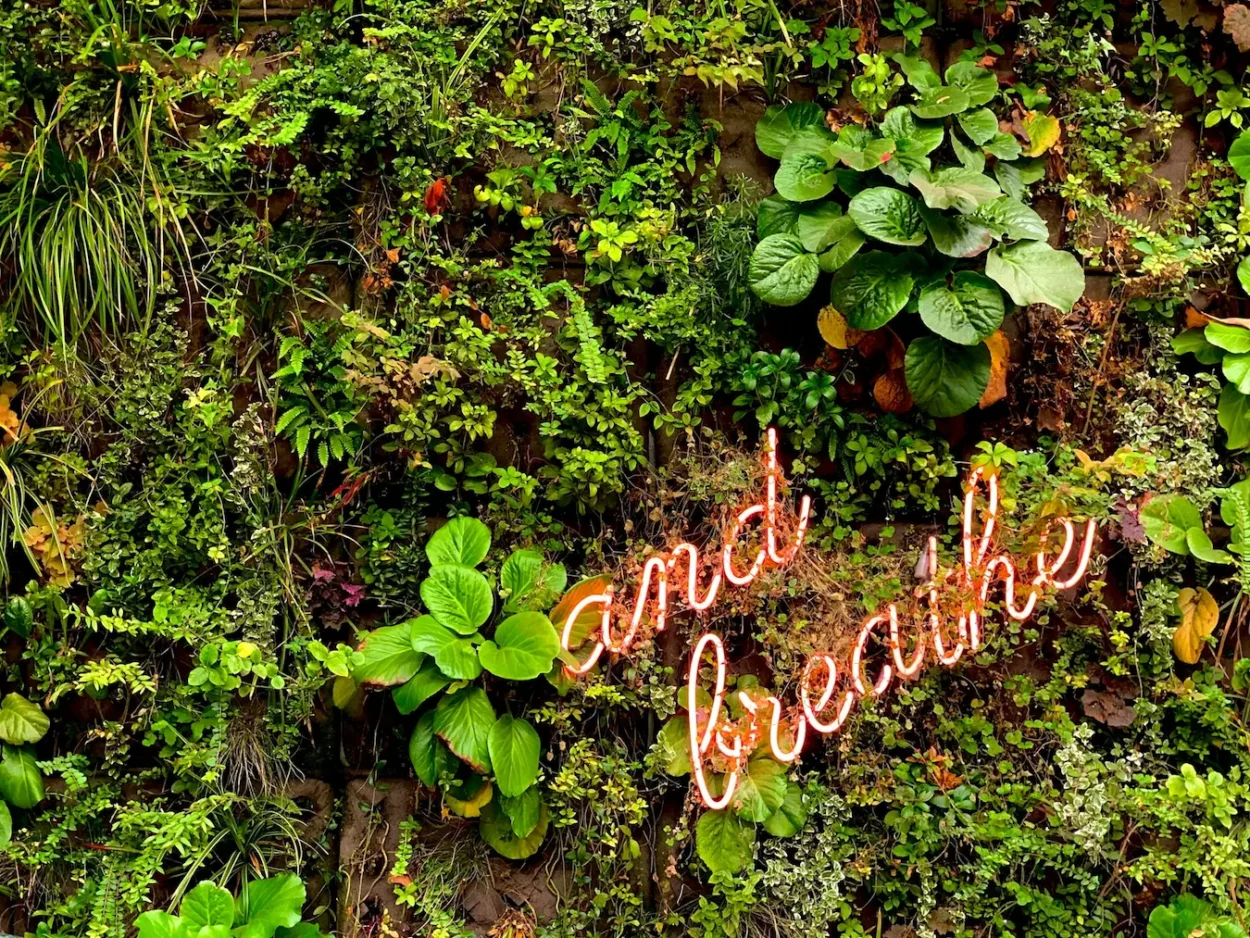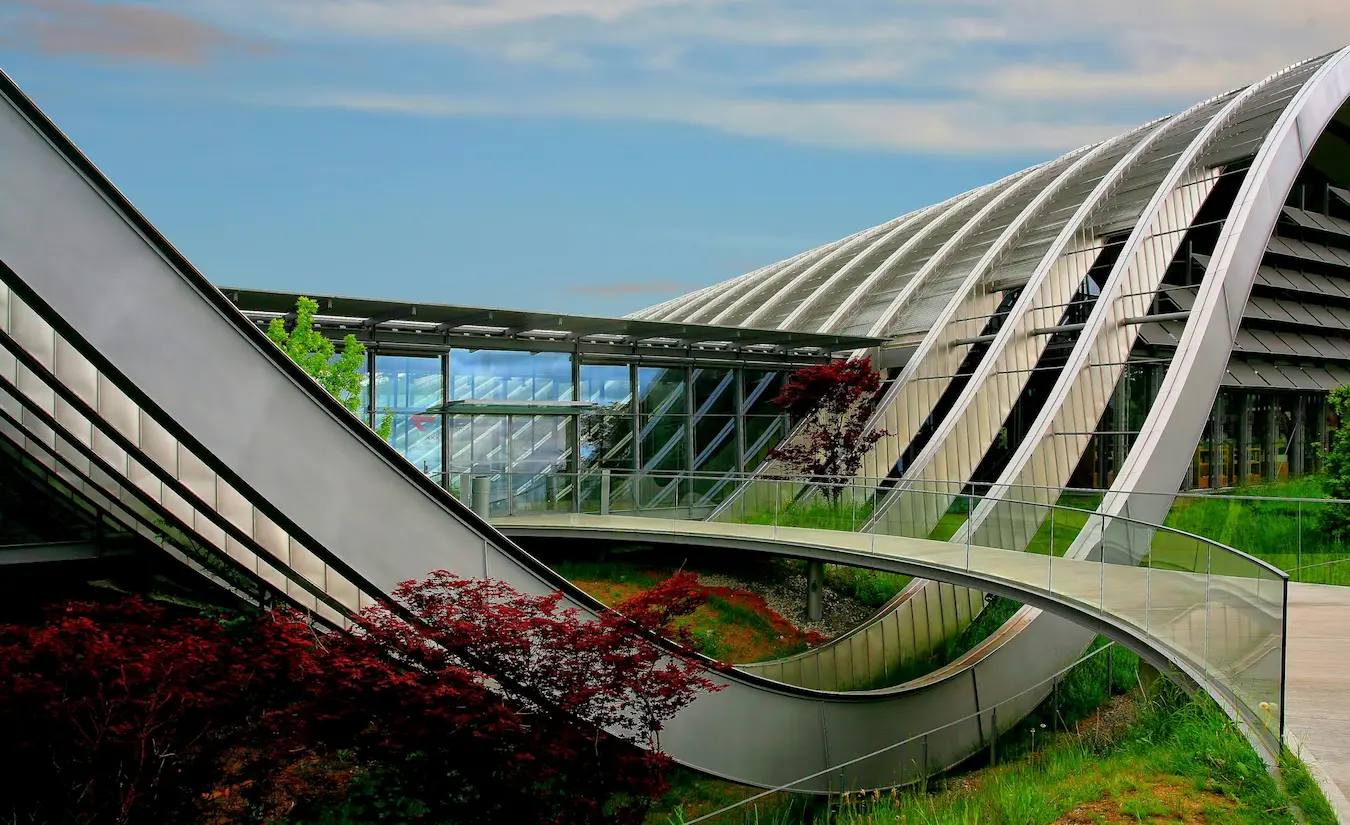At Curvspace, we’re passionate about understanding how the spaces we inhabit shape our emotional experiences and overall well-being. As experts in intermediate and threshold spaces, we recognize that these often-overlooked areas play a crucial role in our daily lives. From the anticipation we feel on a porch to the anxiety that might arise in an elevator, these transitional zones profoundly impact our mental states. By exploring the psychological effects of these spaces, we can design environments that not only function well but also nurture positive emotions and promote mental health. This article delves into the fascinating world of spatial psychology, offering insights that can help create more mindful and emotionally supportive environments.
Reader Disclosure
Jump to:
The Emotional Landscape of Intermediate Spaces
Communal Areas
Communal areas often evoke a mix of excitement and apprehension. These spaces are designed to bring people together, fostering a sense of community and belonging. However, they can also trigger feelings of social anxiety or overwhelm, especially for introverts or those who are new to a space The design of communal areas can significantly influence these emotions. Open layouts with plenty of natural light tend to promote feelings of relaxation and well-being, while cramped or poorly lit spaces might induce stress or discomfort.
Porches
Porches serve as a bridge between private and public spaces, often evoking feelings of serenity and anticipation. They offer a unique vantage point, allowing us to observe our surroundings from a position of safety, which can induce a sense of calm and control.
However, porches can also trigger feelings of vulnerability or exposure, particularly in urban settings where privacy might be compromised. The emotional experience of a porch often depends on its design and the surrounding environment. A well-designed porch that offers both visibility and privacy can create a perfect balance, fostering positive emotions and serving as a space for relaxation and social interaction.
Walkways
Walkways typically evoke feelings of purpose and transition. As we move along these paths, we often experience a sense of anticipation about our destination. This can be accompanied by feelings of excitement or anxiety, depending on where we’re headed.
The design of walkways can significantly influence our emotional state. Wide, well-lit paths tend to promote feelings of safety and confidence, while narrow or poorly maintained walkways might induce stress or unease. Natural elements along walkways, such as trees or flowerbeds, can enhance positive emotions and reduce stress levels.
Courtyards
Courtyards often inspire feelings of tranquility and community. These enclosed outdoor spaces provide a sense of sanctuary within a larger building or complex, offering a respite from the bustle of indoor activities.
The presence of natural elements in courtyards, such as plants, water features, or natural light, can enhance feelings of well-being and connection to nature. However, poorly designed courtyards might feel claustrophobic or exposed, highlighting the importance of thoughtful design in these spaces.

Entryways
Entryways are powerful emotional triggers, often evoking feelings of anticipation and transition. As we cross the threshold into a new space, we might experience a mix of excitement and apprehension about what lies ahead.
The design of an entryway can significantly influence these emotions. Welcoming, well-lit entryways can promote feelings of comfort and belonging, while imposing or poorly designed entrances might induce anxiety or intimidation. The transition from exterior to interior spaces through an entryway can also trigger a shift in our mental state, preparing us for the activities or experiences that await us inside.
Hallways
Hallways often evoke a sense of transition and anticipation. As we move through these spaces, we’re typically focused on our destination, which can create feelings of purpose or impatience.
Long, narrow hallways might induce feelings of claustrophobia or unease, while wider, well-lit corridors can promote a sense of openness and calm. The design of hallways, including factors like lighting, color, and artwork, can significantly influence our emotional experience as we move through these spaces.
Bridges
Bridges often evoke powerful emotions, ranging from awe and exhilaration to fear and anxiety. The elevation and exposure inherent in bridge crossings can trigger a heightened sense of awareness and vulnerability.
For many, bridges represent connection and progress, symbolizing the journey from one place to another. This can inspire feelings of anticipation and accomplishment. However, for those with a fear of heights or open spaces, bridges might induce panic or dread.
The design of a bridge can significantly influence these emotional responses. Sturdy, well-maintained bridges with clear safety features tend to promote feelings of security, while more exposed or visually striking designs might amplify both positive and negative emotional responses.
Rooftops
Rooftops often inspire feelings of freedom and perspective. The elevated vantage point can evoke a sense of awe and expansiveness, allowing us to see our surroundings from a new angle.
However, rooftops can also trigger feelings of vulnerability or vertigo for those uncomfortable with heights. The open exposure to the elements can create a heightened sense of connection with nature, which many find invigorating and refreshing.
Rooftop gardens or social spaces can foster feelings of community and relaxation, providing a unique blend of urban living and natural elements. The design of rooftop spaces, including safety features and amenities, can significantly influence the emotional experience of these elevated areas.
Stairways
Stairways often evoke a mix of determination and effort. As we ascend or descend, we’re typically focused on the physical act of moving, which can create a sense of purpose and progress.
For some, particularly those with mobility issues, stairways might trigger feelings of anxiety or frustration. The design of stairways, including factors like width, lighting, and handrail placement, can significantly influence our emotional experience and sense of safety as we navigate these vertical transitions.
Architecturally significant stairways might also inspire feelings of awe or appreciation, serving as focal points that elevate the overall emotional impact of a space.
Escalators
Escalators often evoke a sense of efficiency and modernity. As we step onto these moving platforms, we might experience a brief moment of adjustment followed by a feeling of ease as we’re carried to our destination.
For some, escalators can trigger feelings of anxiety or unease, particularly related to the fear of tripping or getting caught. The transition on and off escalators can create a momentary sense of vulnerability or imbalance.
The design of escalators, including factors like speed, width, and surrounding space, can influence our emotional experience. Well-designed, smoothly operating escalators tend to promote feelings of confidence and convenience.
Elevators
Elevators often evoke a complex mix of emotions, ranging from convenience and relief to anxiety and claustrophobia. The enclosed space and vertical movement can trigger a heightened sense of awareness and sometimes discomfort.
For many, elevators represent efficiency and progress, allowing quick transitions between levels. However, the close proximity to strangers and the potential for mechanical issues can induce feelings of social awkwardness or fear.
The design of elevators, including factors like size, lighting, and ventilation, can significantly influence these emotional responses. Modern, well-maintained elevators with clear safety features tend to promote feelings of security and comfort.
Driveways
Driveways often evoke feelings of arrival or departure, serving as a transition between public and private spaces. For homeowners, a driveway might inspire a sense of ownership and pride, while for visitors, it could trigger feelings of anticipation or nervousness about the impending social interaction.
The design of a driveway, including its length, width, and landscaping, can influence these emotional responses. A well-maintained, attractive driveway might enhance feelings of welcome and comfort, while a neglected or difficult-to-navigate driveway could induce stress or frustration.
For many, the act of pulling into or out of a driveway marks a significant transition in their day, potentially evoking feelings of relief when returning home or readiness when leaving for work or other activities.
Tunnels
Tunnels often evoke strong emotional responses, ranging from fascination to anxiety. The enclosed space and limited visibility can trigger feelings of claustrophobia or unease for some, while others might experience a sense of adventure or mystery.
The transition from light to dark (and vice versa) as one enters and exits a tunnel can create a momentary sense of disorientation or anticipation. This sudden change in environment can be both exhilarating and unsettling.
The design of tunnels, including factors like lighting, width, and ventilation, can significantly influence these emotional responses. Well-lit, spacious tunnels tend to promote feelings of safety and comfort, while dark or narrow tunnels might amplify feelings of anxiety or claustrophobia.
Borders
Borders, whether physical or symbolic, often evoke complex emotions related to identity, belonging, and transition. Crossing a border can trigger feelings of excitement or anxiety, depending on the context and the individual’s relationship to the spaces on either side.
For some, borders represent opportunity and new beginnings, while for others, they might symbolize restriction or separation. The act of crossing a border often involves a heightened sense of awareness and self-consciousness, as we mentally prepare for the changes ahead.
The design and management of border spaces, including factors like signage, security measures, and cultural symbols, can significantly influence these emotional responses. Welcoming, efficiently managed borders tend to promote feelings of ease and anticipation, while imposing or heavily restricted borders might induce stress or apprehension.
Social Etiquettes and Behaviors
Navigating these spaces involves understanding and adhering to social etiquettes, which can be challenging. For instance, in communal areas, maintaining personal space and being considerate of others are crucial. In confined spaces like elevators, polite behavior and minimal conversation are often expected to avoid discomfort. These behaviors can be difficult to master, especially for those who are unaware of social norms or lack experience in diverse social settings. Understanding these etiquettes involves progressing through different stages of competence. Initially, one might be unaware of the social norms (unconscious incompetence), then become aware but struggle to implement them (conscious incompetence). With practice, one learns to navigate these spaces more effectively (conscious competence) and eventually does so effortlessly (unconscious competence).
People Also Ask
How do intermediate spaces affect our mental health?
Intermediate spaces play a crucial role in our mental health by providing transitions between different environments. They can reduce stress, offer moments of reflection, and prepare us mentally for new experiences. Well-designed intermediate spaces can promote feelings of calm and safety, while poorly designed ones might induce anxiety or discomfort.
What makes a communal area psychologically comfortable?
Psychologically comfortable communal areas typically offer a balance of openness and privacy, with flexible seating arrangements, good lighting, and natural elements. They should provide opportunities for both social interaction and individual retreat, catering to different personality types and moods.
How can the design of hallways reduce anxiety?
Hallways can be designed to reduce anxiety by incorporating ample lighting, using calming colors, providing clear wayfinding, and avoiding long, narrow corridors. Adding elements of interest, such as artwork or plants, can also help create a more pleasant and less stressful experience.
Why do some people feel anxious in elevators?
Elevator anxiety is often related to claustrophobia, fear of mechanical failure, or discomfort with close proximity to strangers. The enclosed space, lack of control, and vertical movement can trigger these feelings. Good design, including proper ventilation, clear safety information, and calming aesthetics, can help alleviate some of this anxiety.
How do rooftops impact our emotional well-being?
Rooftops can significantly impact our emotional well-being by providing a sense of freedom, perspective, and connection with nature. The elevated view can inspire awe and reduce stress, while the open space can promote relaxation and social interaction. However, for those with a fear of heights, rooftops might induce anxiety, highlighting the importance of safe, comfortable design.
Conclusion
Understanding the emotional impact of intermediate and threshold spaces is crucial for creating environments that support our mental well-being. These transitional areas, often overlooked in architectural design, play a significant role in shaping our daily experiences and emotional states. By recognizing the psychological effects of spaces like hallways, elevators, and courtyards, we can design more mindful, supportive environments that ease transitions, reduce stress, and promote positive emotions.
Show & Tell
We’d love to hear your thoughts about these ideas! Simply click the link to head over to your favorite platform and add your comments about this post there. We’d like to know about your insights, questions, or just saying hi.
More Curvspace Topic Pages
Disclosure
Our content is reader-supported. This means if you click on some of our links, then we may earn a commission. Commissions do not affect our editor’s opinions or evaluations. Learn more about our editorial process.

About the Editorial Staff
The Curvspace editorial team comprises a diverse group of experts on intermediate and threshold spaces in homes and workplaces. Architects and interior designers, civil engineers and artists, environmental and behavioral psychologists, sociologists and anthropologists. All collaborate to create helpful content, that explores the full potential of these often-overlooked areas to enhance our daily lives.


